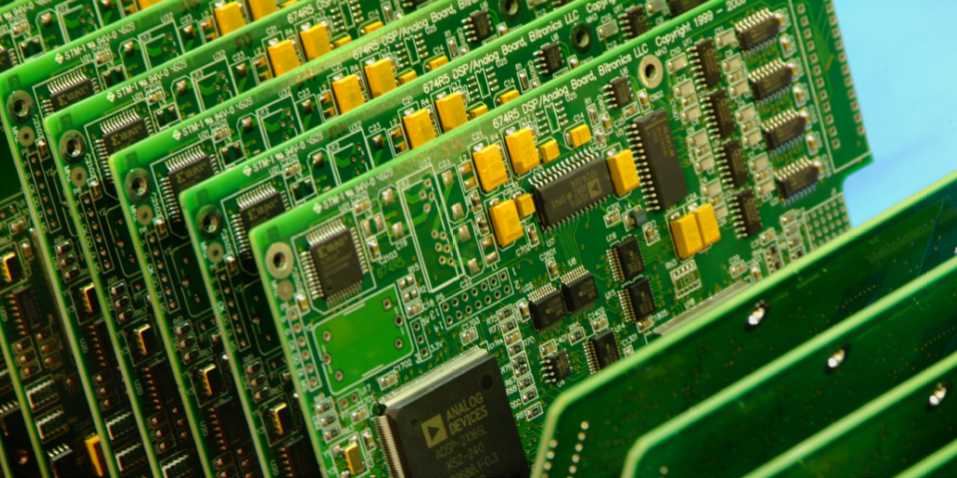A printed circuit board assembly (PCBA) is a complex thing. To an untrained individual, it’s not easy to determine whether one is of quality or not. Thanks to the IPC-A-610 Acceptability of Electronic Assemblies – the quality of materials and workmanship of printed circuit boards and other electronic products can now be determined.
When it comes to electronic assemblies, the IPC-A-610 is regarded as the standard that defines acceptable quality of printed circuit board assemblies. There are a number of IPC standards that relate to electronic assemblies, but the IPC-A-610 is the most popular and widely accepted.
For the purpose of determining which type of workmanship is right for your printed circuit boards, you need to know how the electronics industry classifies them:
Class 1
Class 1 assemblies may have potential defects. These electronic assemblies may appear in cheap toys for instance. Under this classification, the PCBA will be hidden or placed in some plastic enclosure with a low quality of solder.
Class 1 assemblies are cheap and often don’t last long, but will function for a limited period of time.
Class 2
As far as quality is concerned, class 2 assemblies are somewhere in the middle. It is the standard that’s usually requested by Original Equipment Manufacturers (OEM’s). Class 2 assemblies are typically used as components in non-critical electronic assemblies that require longer term reliability.
Class 2 has a slight tolerance for imperfection which may be function fine electronically or mechanically, but would not be acceptable on an aesthetic level.
Class 3
Class 3 is the highest of all three standards because it requires finished electronic assemblies to be of superb quality and appearance. These products are intended for use on critical PCB assemblies. This doesn’t mean however that the lower two classes are intentionally manufactured to be lesser in quality. Most contract electronic manufacturers actually intend to manufacture electronic products to class 3 by default. However, class 3 products become superior in quality because manufacturers provide them with extra inspection, operational accuracy (which takes longer build time), minor rework if necessary, additional cleaning and other steps which enhance the quality of the finished product.
Any provider of Electronics Manufacturing Services (EMS) that is committed to producing quality electronic assemblies such as ones used in the automotive, aerospace, and other advanced industries should seriously consider complying with IPC standards. To achieve this objective, they need to implement training programs and partner with an electronic manufacturing training company that is duly accredited by the Association Connecting Electronics Industries (IPC).
There are various training and certification programs offered by IPC-authorized electronic manufacturing training companies in the United States and around the world. These programs have different objectives but they are all intended to promote and uphold IPC standards of quality in the production facility.
Who Can Qualify for IPC Training and Certification?
The IPC training and certification programs are not only for personnel conducting quality inspection of finished products. These are also intended for everyone directly involved with quality in the entire manufacturing process. One way to make everyone aware of the IPC standards of quality is for electronics manufacturers to send their key staff such as manufacturing supervisors, engineers, and quality assurance personnel for training to a premier electronic manufacturing training company. Certified trainers can train other members of the staff in-house and gradually make the entire organization aware of the IPC standards of quality.
Send your best employees for training and certification to Blackfox, an IPC-accredited electronic manufacturing certification institute to start your journey to success!
Call us at (303) 684-0135 ext. 208 or 888-837-9959 toll free for details.






